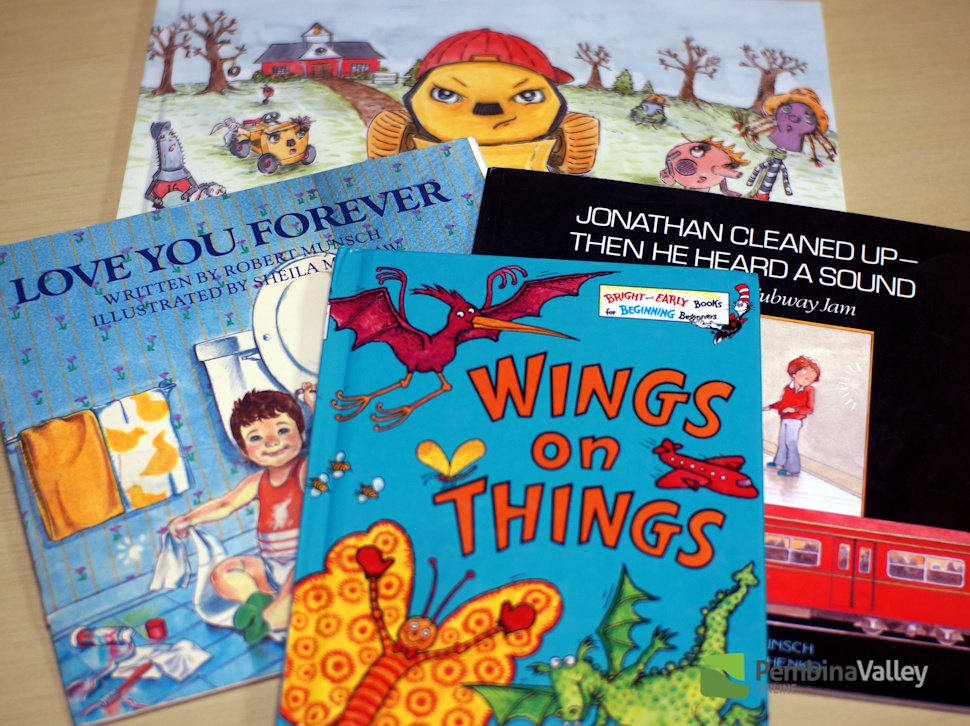Garden Valley School Division is getting ready to roll out a new provincial initiative designed to boost early literacy. Starting in the 2026-2027 school year, all students from kindergarten to Grade 4 across Manitoba will be assessed twice a year using new reading screening tools, the goal being to catch any literacy challenges early, helping students get the support they need right away.
Giving schools flexibility
Though the province is mandating these screenings, individual school divisions will have some flexibility in how they implement them. The province is providing a curated list of evidence-based tools that were developed with input from reading experts and educators. According to Dan Ward, the Superintendent of GVSD, this gives schools the freedom to choose what works best for their students while still meeting provincial goals.
GVSD’s literacy programs
Dan Ward shared that, “We do a lot of this already in Garden Valley. Teachers are professionals. They know very early on where children are at,” Ward said. The division has strong systems in place for monitoring literacy, including benchmarking tools that help teachers identify which students are on track and which might need extra help.
GVSD’s literacy team, which includes coordinators for both early and middle years, plays a key role in supporting teachers with training and resources. Ward feels that the division is ahead of many others when it comes to literacy support, but he recognizes that the new provincial screening tools will help provide valuable, consistent data across the entire province.
Related stories:
A year to plan and pilot
The 2025–2026 school year will serve as a planning and pilot year for GVSD. During this time, the division will test out several different screening tools in select schools to determine which works best for both students and teachers. Ward emphasized that teacher input will be crucial in this process. “This decision will not be made in a vacuum,” he said. “It’s going to be made in collaboration with teachers.”
GVSD’s literacy leads have already started reviewing potential screening tools. Some of these tools have already been used in the division, but this will be the first time they’ll be rolled out across the entire division with the goal of collecting data at a larger scale.
Not for diagnosing, but for identifying struggles
Ward was quick to point out that the screening tools are not intended to diagnose learning disabilities. They won’t be used to label students or make assumptions about issues like dyslexia. Instead, these tools are designed to identify areas where students might be struggling with reading, so that teachers can refer them for additional support if needed.
Related stories:
- Rooftops top the list in GVSD's 5-year Capital Plan
- Books, lattes and nostalgia at the Lowe Farm School Shop n Sip Book Fair
Working together across divisions
One of the things Ward appreciates most about the province’s approach is the flexibility it gives to school divisions. Rather than assigning one screening tool to be used across all schools, the province is allowing time for schools to explore different options and figure out what works best. “We’re very happy and encouraged that the province gave us a year to do this,” Ward said. “It gives us a chance to try things out.”
This time to pilot the tools will also give GVSD the opportunity to learn from neighbouring divisions and share insights about what’s working and what’s not.
